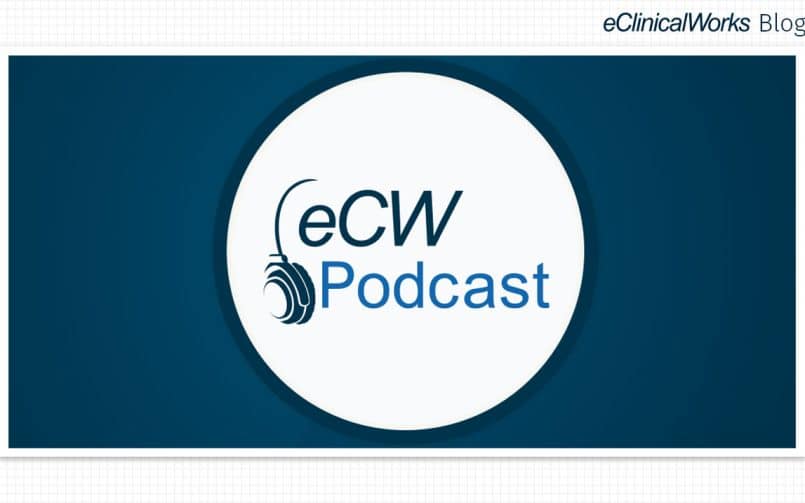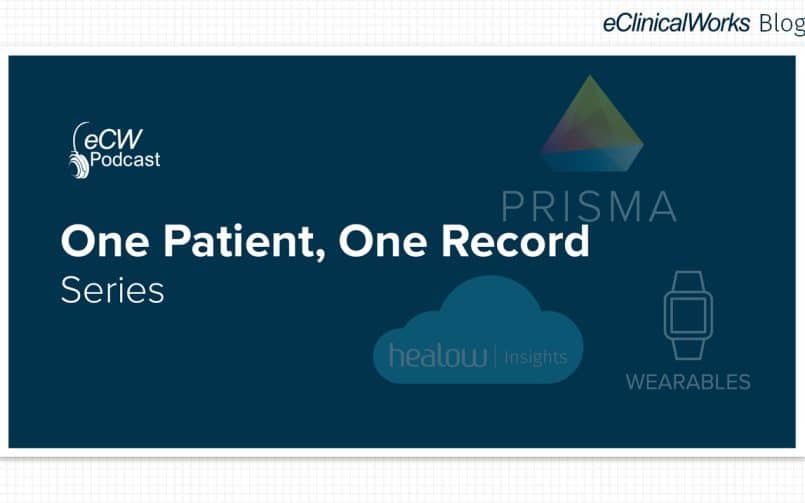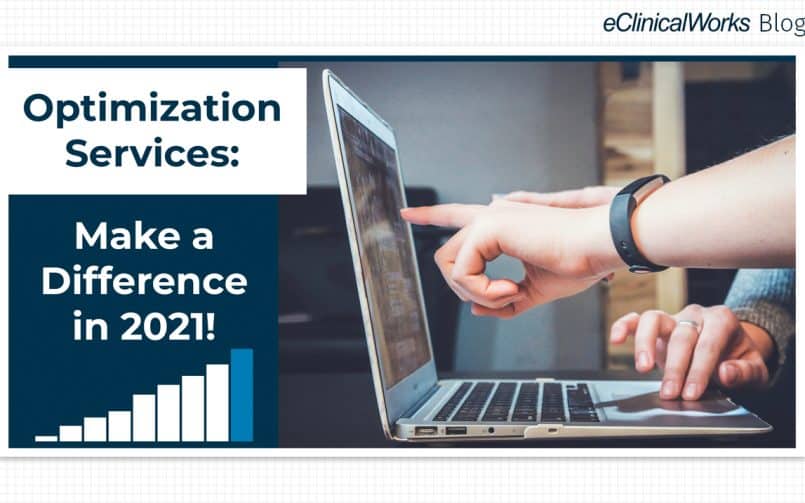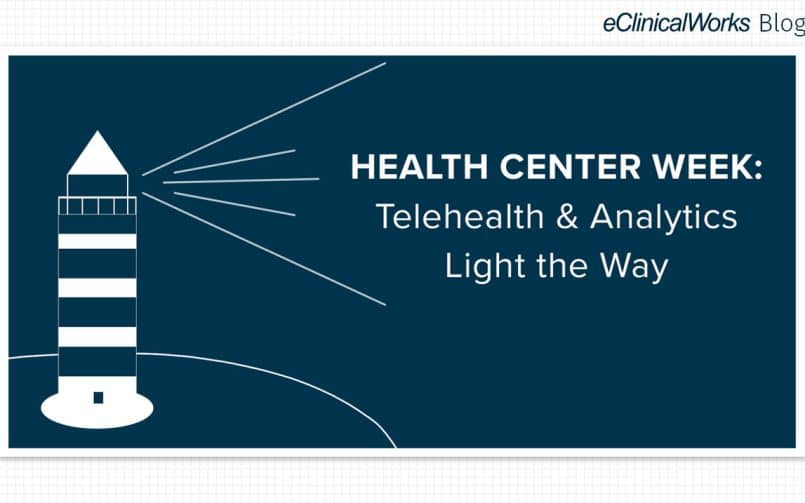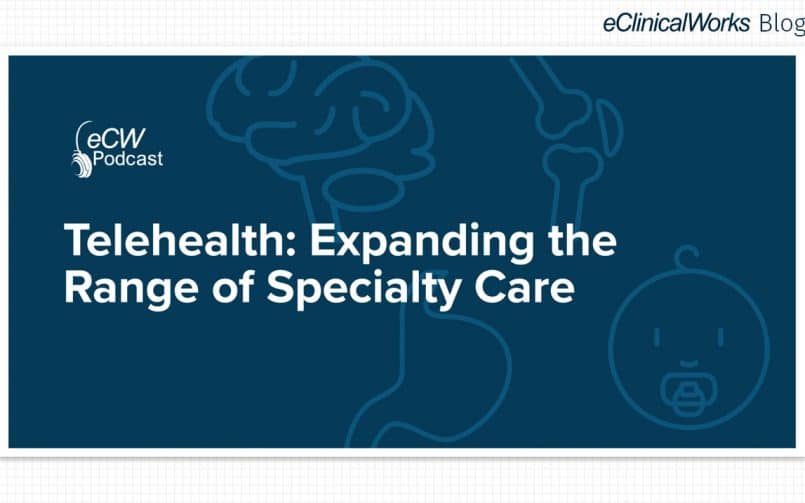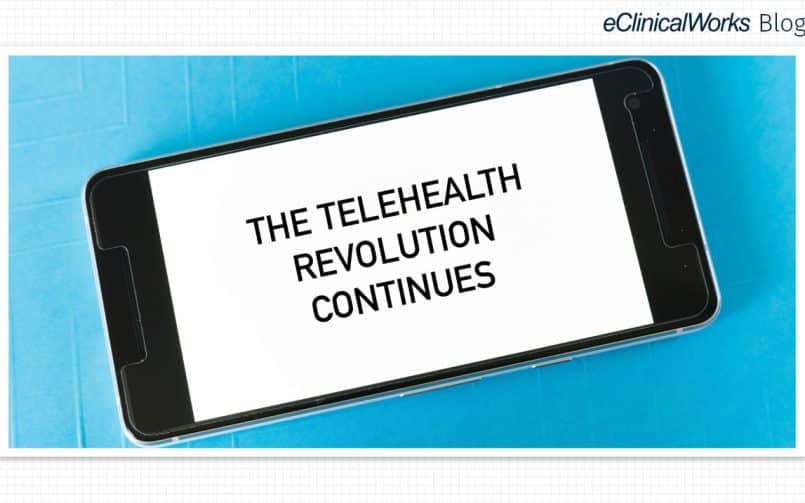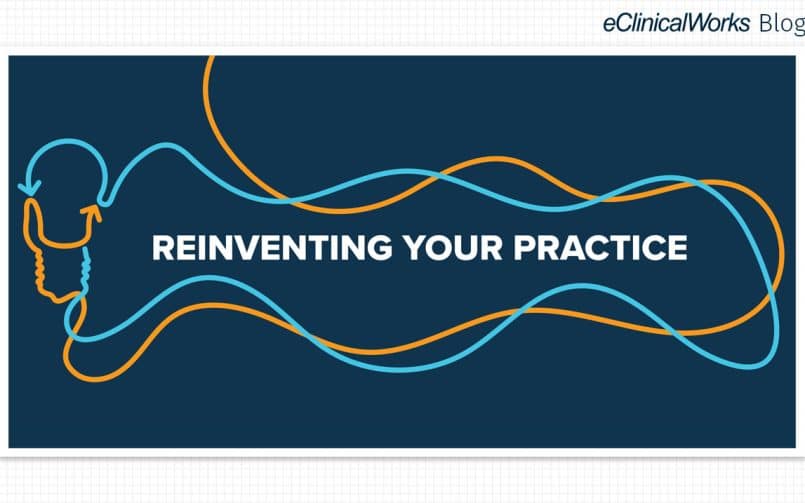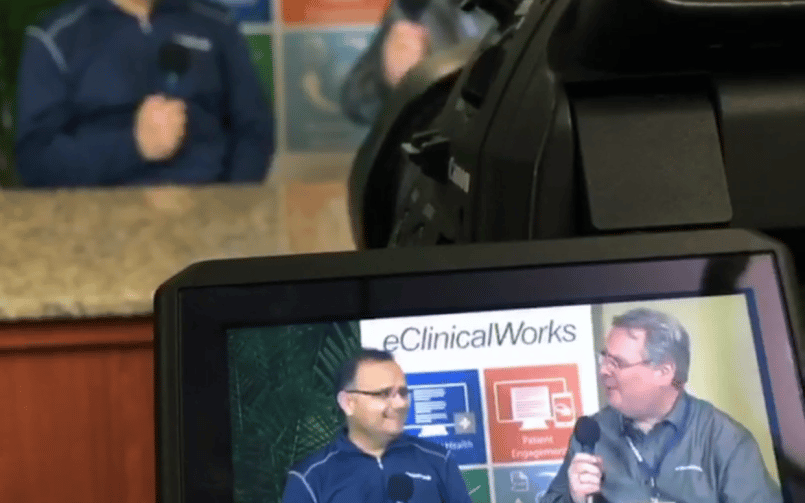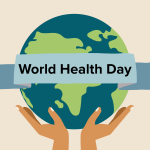Reinventing Practices by Reinventing the Care Cycle
- 6 July 2020
- Blog
eClinicalWorks
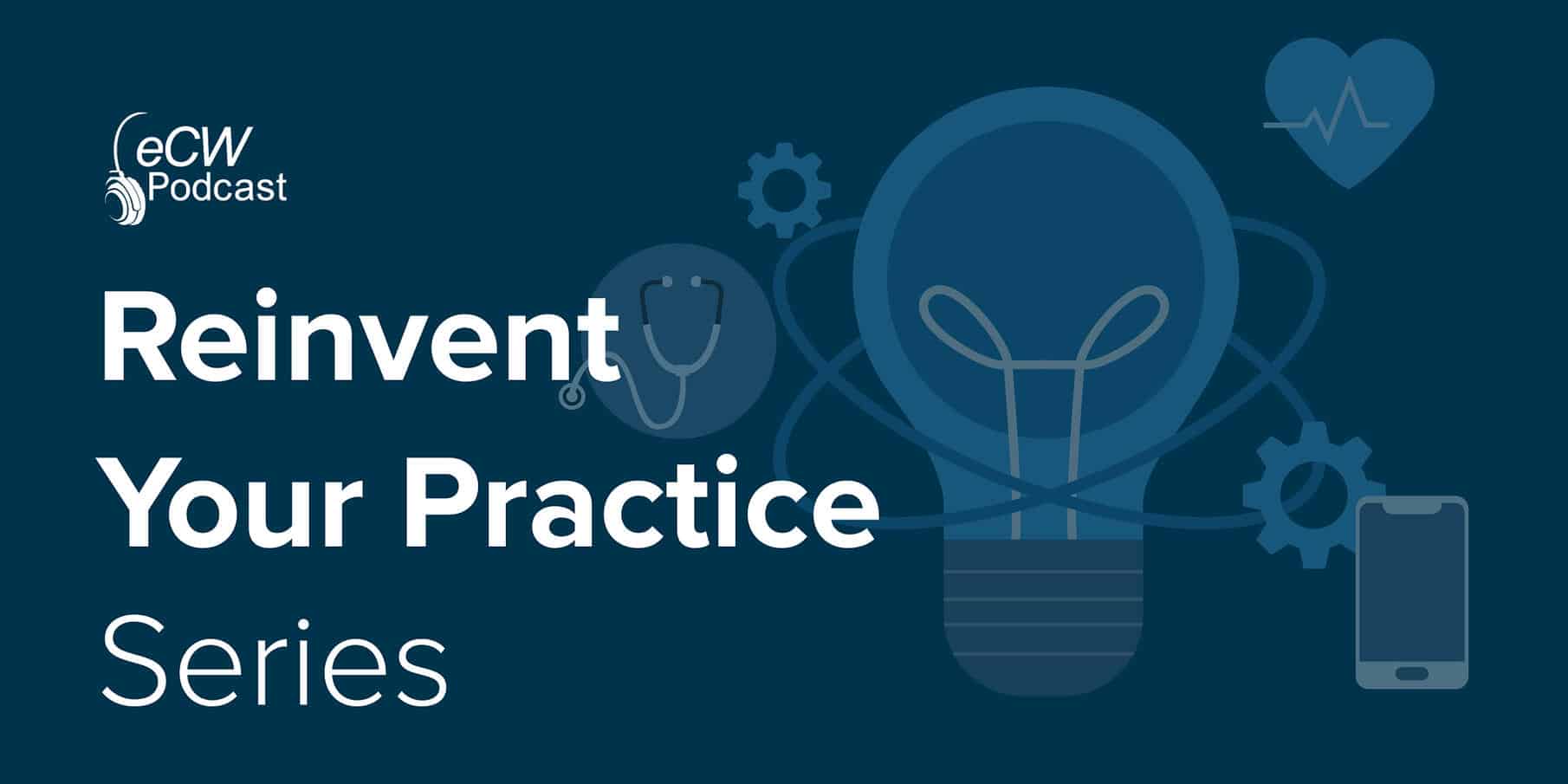
Reclaiming the nation’s medical heritage
For many years, medicine throughout the United States was an intensely local and personal matter. Doctors established long-term relationships with individuals and families, often treating multiple generations, providing cradle-to-grave care that was built on understanding, engagement, and personal knowledge of patients’ needs.
Today, after decades of increasingly sophisticated advances in healthcare — including some that made medicine less personal— providers and patients are making medical history by reclaiming their shared medical heritage.
And technology is leading the way.
Making care accessible once again
Once upon a time, medical care was as near as the doctor down the street or in the next town. A quick phone call or even a messenger would suffice to arrange for a timely and convenient appointment.
As Rakhee Langer, Vice President of healow, explains in the first episode of our series, The Digital Front Office, healow Open Access® is giving practices and patients a new way to experience that kind of old-fashioned, personal service.
Online booking provides “many different ways that they can set up that schedule so that a patient can see what is available to be booked online and can go ahead and book the appointments,” she says.
Adjusting to current realities
In the second episode, The Appointment Process, Sidd Shah, also a Vice President of healow, explores how the appointment and check-in process has changed to enhance safety during the COVID-19 pandemic, including the arrival of contactless check-in.
The sudden surge in telehealth may be leveling off as more practices reopen their doors and invite patients back, but both modalities — in-office and remote care — are likely to be viable options moving forward, provided practices can ensure patient safety.
“As patients move from those virtual visit days to now coming back into the office, they need to be provided assurance that when I visit my office, visit the doctor’s office, I am going to be as safe as I was when I was doing this from home,” Shah notes.
Creating unbroken cycles of care
The concepts of personalized service and patient safety carry through into the third and final episode, Post-Visit, in which Hussein Elhaj discusses how expanded service surveys, wearable tracker data, Patient Portal access, Chronic Care Management (CCM), and Transition Care Management (TCM) services are a few of the products that continue to help drive patient care.
This final piece of the puzzle in creating unbroken cycles of care for patients begins, Elhaj says, with maintaining communication with patients. Goals include making sure that information is conveniently available to patients, as well as developing a targeted outreach strategy for those patients who are at high risk for adverse health outcomes.
“The last and the most important thing is, how can a practice extend their services outside of those walls, provide the appropriate care for the patient, and then find ways to get reimbursed for that care as well?” he says.






